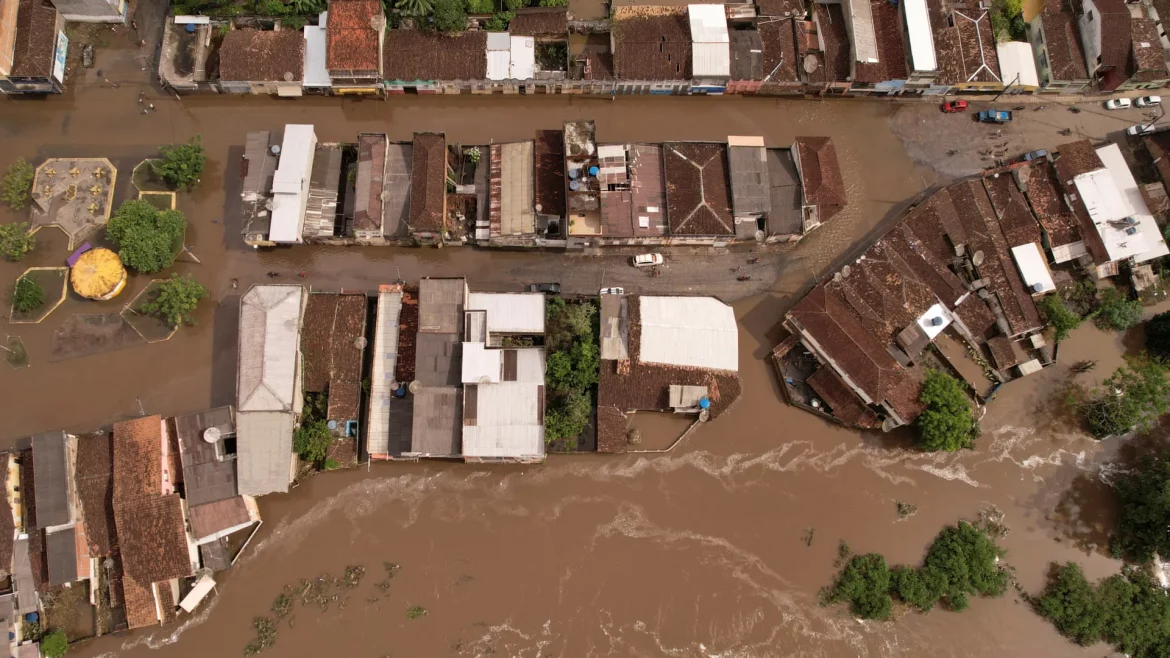At least 20 people have lost their lives after devastating floods hit Brazil over the weekend, resulting in landslides and mudslides.
According to reports, there was heavy rainfall in parts of the south-east, including Rio de Janeiro, Petrópolis and the larger Espírito Santo region, with hourly rainfall totals of about 20mm recorded in places. Cumulative totals from Friday through Sunday were close to 250mm, particularly along the coast: this is far higher than the monthly average.
According to reports, rescue operations are currently under way to look for people who may have been stranded by the floods. Although there may still be a few showers over the following days, the worst of the rain has now passed.
Over in Europe, the Iberian peninsula experienced some high temperatures over the last week, with daytime highs locally reaching in excess of 30C (86F) in southern Spain, which is about 10C greater than the seasonal average here.
In the south, where these remained in the mid to high teens on Thursday and Friday night, night-time temperatures have also been much higher than average Then on Saturday in eastern parts of Andalucía the minimum overnight temperature was 24C (75.2F), which is particularly warm for March.
However, heading into the new week, temperatures could plummet well below the seasonal norm. This is linked to a large area of low pressure developing in the north-east Atlantic, which will introduce cooler maritime air to the peninsula.
The daytime temperature will widely be in the high single figures or low double digits across both Spain and Portugal, a good 15-20C lower than last week. This cooler air mass will also bring some wetter conditions, allowing for some snowfall to develop over higher parts of central Spain, as well as over the Pyrenees, where up to a metre of snow could fall by Friday.
Story was adapted from the Guardian.
